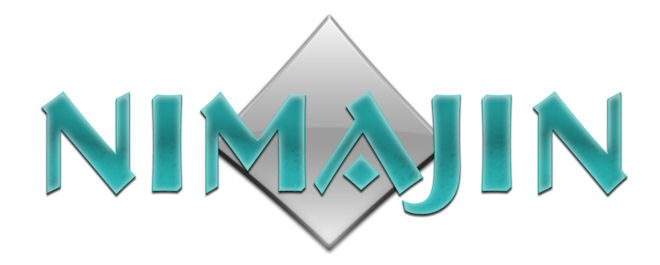At the Robot Vision conference, I was impressed by the presentation 'Realtime visualization of monocular data for 3D reconstruction'. This identified interesting features in a scene and used SLAM technology to track and map them in real time. I thought this would be useful for my object and scene measurement system. Such a system requires identifying objects, comparing them to others and building a map of their relationships. SLAM is great for mapping spacial relationships.
I jumped into this and found that
Andrew Davison has made his monocular camera SLAM software available as open-source. So now I am adapting this to my machine: 1. building using Windows and VS9, 2. creating camera input for DirectShow, 3. revising the UI for Windows forms using
WTL.
The source includes Davison's MonoSLAMGlow application code, his SceneLib, which implements the SLAM algorithm and VW34, the Oxford Active Vision Lab libraries. My plan was to use
OpenCV and DirectX as the input and output for my port, but SceneLib is so centred around OpenGL, that it's a lot less trouble to use that instead of DirectX.
The OpenCV demos would not work with my cameras (I have a cheapo USB webcam and a Canon DV Camcorder that connects by FireWire). I tried their suggested alternatives. Only
videoInput worked for both my cameras, but I found it uses a lot of CPU, waaay more than DirectShow, so why not just use DirectShow, which works fine? So that's what I'm doing.
VW34 comes with project files for VS7.1, so it wasn't too much trouble getting those built in VS9. The compiler found a few problems that I must yet report back to Oxford. VW34 has a lot of parts. I only used VNL, VW and VWGL. Most of the other parts are Linux UI adapters. VWGL is an OpenGL adapter that on Windows requires
GLUT for Windows.
ScenelLib was built on Linux so I made VS project files for it. While porting Scenelib I found something interesting. It appears as though in GCC you can instantiate an array with a size specified by a variable, like this: int Size = fn(X); char Array [Size]; Microsoft C++ won't allow that! I had to change to malloc(). There's something weird in GeomObjects/calibrationtable.h that causes an inexplicable list of errors, so I removed all references to it.
I built my own camera grabber using DirectShow. DirectShow samples are available in the Windows SDK. I made this grabber run in callback mode, store the bitmap and post a message to the application's main thread. This uses 13% of my Core 2 Duo 6400 (2.13 GHz).
So now I've built a WTL application, linked in the libraries and I'm working on getting the OpenGL visualizations working.
 Centre / surrounds make their biggest output when the centre is stimulated, and the surround is inhibited, like on bright points of light in the dark, like stars at night. Colour versions ought to provide their biggest outputs on round things that contrast with their background, like berries or fruits. Or maybe larger round things like flowers or rocks. Or maybe almost round things like insects or fish. Or maybe distant almost round things like birds in the sky. Then, also, large receptive fields could trigger on partially round things, like rounded corners or fingertips.
Centre / surrounds make their biggest output when the centre is stimulated, and the surround is inhibited, like on bright points of light in the dark, like stars at night. Colour versions ought to provide their biggest outputs on round things that contrast with their background, like berries or fruits. Or maybe larger round things like flowers or rocks. Or maybe almost round things like insects or fish. Or maybe distant almost round things like birds in the sky. Then, also, large receptive fields could trigger on partially round things, like rounded corners or fingertips..jpg)



